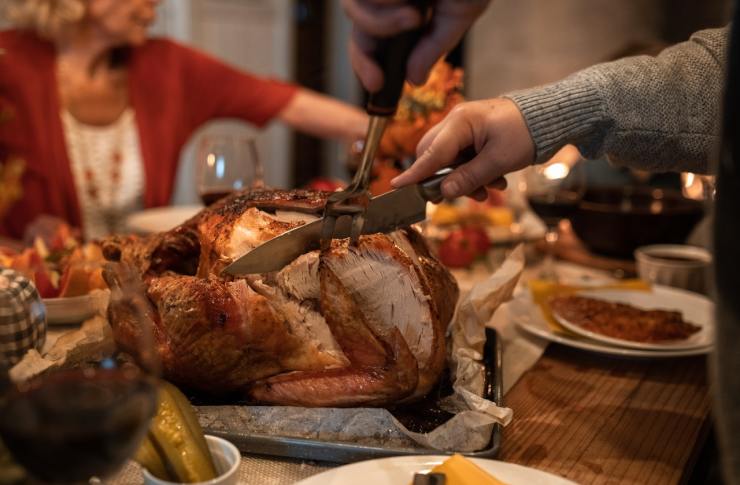Cleanup workflow to shorten post-meal turnaround
A deliberate cleanup workflow makes the time between finishing a holiday meal and returning the kitchen to normal predictable and shorter. By planning makeahead steps, clear carving and portion strategies, and simple chilling and storage routines for sauces, stocks, and leftovers, hosts can reduce clutter, cut reheating hassles, and preserve quality without extra stress.

How does makeahead and menu planning speed cleanup?
Planning the menu with cleanup in mind starts before guests arrive. Choose makeahead components that refrigerate or freeze well so dishes can be finished off quickly during service; items that require minimal last-minute attention free up the carving area. Group similar tasks and cookware to avoid cross-traffic: bake sides that use the same sheet trays, and coordinate oven timings so pans come out sequentially. A concise menu reduces dish variety and therefore dirty pots and pans, which directly shortens the time needed to recover the kitchen after the meal.
What carving and portions approach reduces waste?
Carving strategy affects both service speed and leftovers. Carve roast in logical portions while allowing for planned leftovers: slice a portion for immediate plates and reserve uniform cuts for storage to cool evenly. Use a clean carving board positioned close to serving ware to limit transfer steps. Label portion sizes mentally or with simple markers for hosts serving varied appetites. Thoughtful portions avoid excessive trimmings that require disposal or extra cleanup, and consistent slices chill more predictably for later slicing or reheating.
How to handle sauces, stocks, and chilling safely?
Sauces and stocks should be portioned and chilled promptly to limit food-safety risk and to simplify later reheating. Strain stocks into shallow containers so they cool faster, and separate concentrated sauces into small jars to avoid reheating an entire batch. Leave adequate headspace for expansion before sealing and refrigerate within two hours of service. Chilling in shallow layers shortens the danger zone exposure and reduces the need for large containers that take longer to clean, while jarred sauces stack neatly for storage and reuse.
Storage and reheating for leftovers and sides
Effective storage reduces clutter and preserves quality. Use uniform containers for sides and leftovers so they nest in the fridge or cooler, and label with contents and date. Cold items destined for future meals should be cooled quickly and moved to the coldest part of the appliance. Reheating is simpler when portions are planned: reheat only what will be eaten, using gentle methods—oven or stovetop for sides and low, even heat for sauces—to retain texture. Proper storage avoids last-minute washing of oversized vessels and lowers reheating time.
Streamlining roast, stuffing, and kitchen stations
Organize stations for the roast and stuffing to keep cooked and raw tasks separate. Assign a dedicated carving and plating station with a tray for bones and scraps to reduce roaming waste. Keep stuffing components and utensils in one zone; collapsible bowls and liners make rapid transfer and cleanup easier. When pans are emptied promptly and grouped for soaking, grease and stuck-on food are easier to remove, shortening washing time and returning surfaces to useable condition much faster.
Hosting roles that speed post-meal turnaround
Define small hosting roles so cleanup starts before the last guest leaves. One person can clear plates into a dish bin, another can gather serving utensils and condiments like sauces and extra stocks for storage, and a third pre-rinses or stacks dishes for the dishwasher. Clear role assignments prevent duplication of effort and allow simultaneous cooling and storage actions. Delegated tasks also keep guests engaged without burdening a single host and accelerate the transition from table to tidy kitchen.
Conclusion A focused cleanup workflow combines menu choices, carving and portion planning, safe chilling and storage, and clear host roles to shorten the post-meal turnaround. These steps protect food quality, reduce reheating complexity, and minimize the time the kitchen remains unusable, helping hosts recover after a large meal with less fatigue and more predictability.






